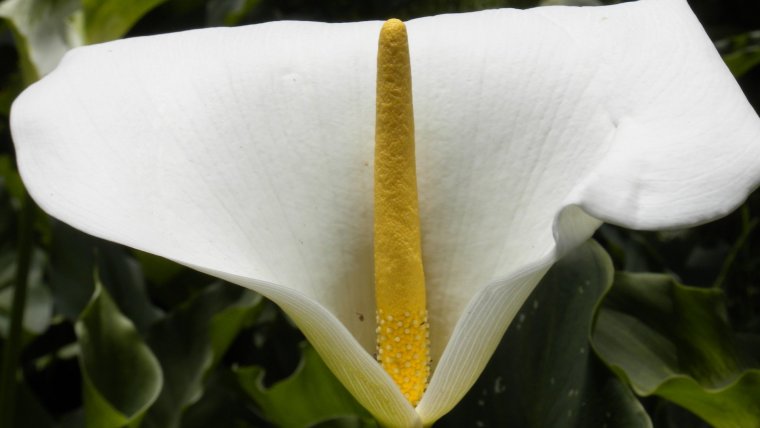| News / Science News |
Humans Can Identify More Than 1 Trillion Smells
NIH, US | APRIL 15, 2014
Humans can distinguish more than 1 trillion scents, according to new research. The findings show that our sense of smell is far more discriminating than previously thought.

White and yellow flower. Photo: Wikimedia Commons.
When you stroll through a garden, you may notice several shades of golden daffodils and recognize the chirping of several types of birds. But how many different smells do you notice?
Humans can distinguish several million different colors and almost half a million different tones. Color stimuli vary in wavelength and intensity. Tones vary in frequency and loudness. Smell, however, doesn’t have any known dimensions. This has made it difficult for researchers to pinpoint how many different scents, or olfactory stimuli, we can distinguish. A study from the 1920s suggested that humans could discern about 10,000 smells—a number far below our other senses.
Odors almost always represent mixtures of many different components in various ratios. The scent of a rose, for example, is made up of a mix of 275 components, with only a few contributing to the smell we perceive.
A team led by Dr. Andreas Keller of Rockefeller University set out to determine the resolution of the human olfactory system by testing how well humans could distinguish mixes of odors.
The researchers placed 10, 20, or 30 odor components in equal ratios into vials labeled with bar codes. The odors were taken from a collection of 128 odorous molecules with similar intensities, so that no one odor dominated. The molecules included some responsible for scents such as orange and spearmint.
Participants were given sets of 3 vials. Two of the vials contained the same mixture, while the third contained a different one. Participants sniffed the contents, identified the vial with the different odor, and then scanned that vial’s bar code. The researchers varied the percentage of shared components among the vials from no overlap to more than 90% overlap. Participants completed 264 tests.
The researchers found large variations in how many mixtures the 26 participants could distinguish. Most of the participants could discriminate mixture sets that overlapped by less than 50% of their components. No participant could discriminate among vials that overlapped in their components by more than 90% for the 10, 20, or 30 components.
Based on the test findings, the researchers calculated that humans can discriminate more than 1 trillion scents. This number most likely represents a lower limit, since only 128 odors, in mixtures of 30 or less components, were tested.
YOU MAY ALSO LIKE




